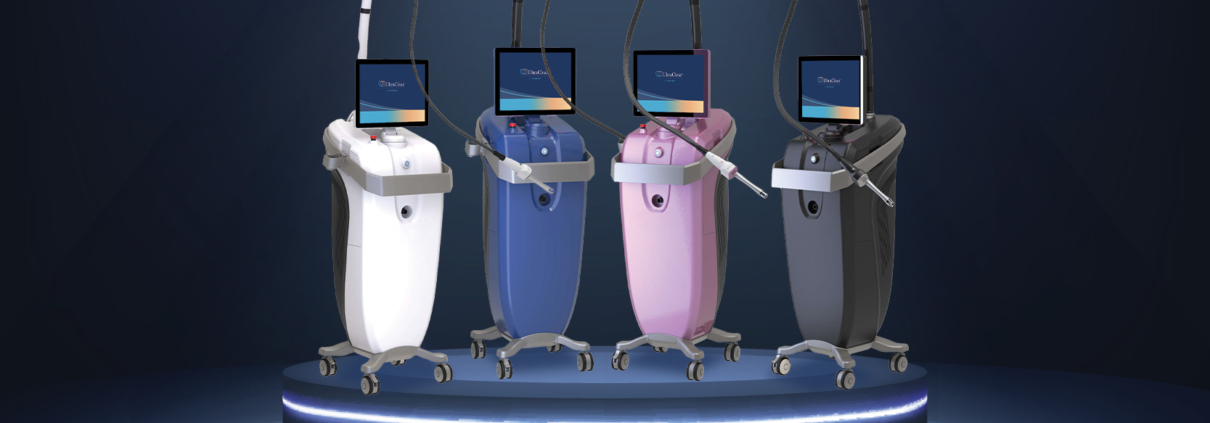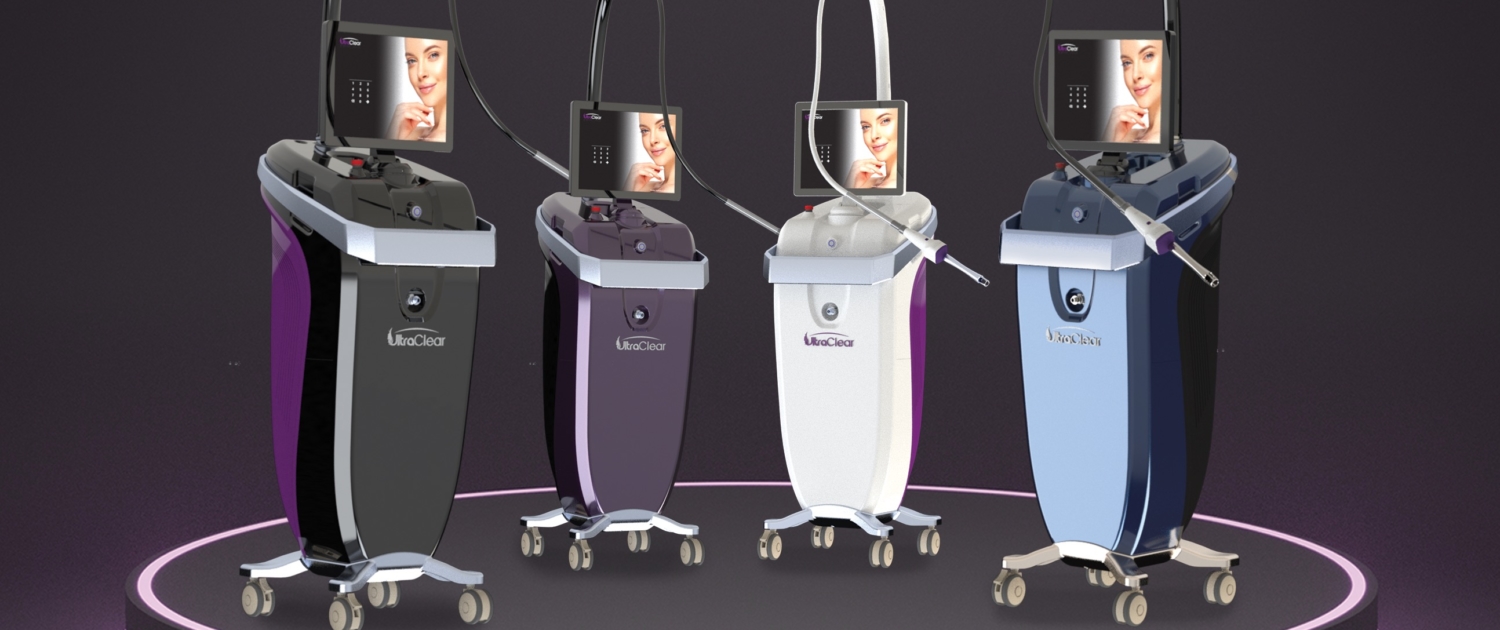Tips for Targeting Men and Keep Them Coming Back
Once upon a time, wives and significant others were the primary source of referrals that brought male patients into an aesthetic practice. Today, Hollywood leading men and international music superstars are fronting campaigns for cosmetic treatments—and many famous male “faces” are speaking openly about their aesthetic enhancement. Times have certainly changed.

When marketing to male patients, it’s important to remember that men have different aesthetic priorities than women, and many may not be 100-percent comfortable seeking cosmetic treatment. In general, men prefer more subtle results and minimal downtime so no one knows they had anything “done” and they do not have to miss work (whether “virtual” or in-person). And always keep in mind that men have a lower tolerance for wait times than women.
However, getting men into the office and converting them to long-term patients can be easier than you think if you keep a few specific steps in mind.
Market the right treatments and procedures
Aesthetic practitioners with significant male patient populations emphasize the importance of promoting “gateway” procedures. Oftentimes, a man may make an appointment for a primary concern such as hair loss (or hair removal) or body contouring. But once they are in the office—and comfortable being there—they are often open to additional treatments that can help them achieve their aesthetic goals. In many cases, “add-ons” such as light laser treatments and neurotoxin/filler injections will keep them coming back regularly.
Adjust your advertising
Even if you’re a master marketer to women, you need to adjust your messaging for men. This includes new imagery, as well as a different way of “speaking” to them. Men tend to respond best to direct, instructional messages, subtle suggestiveness, references to competition and relatable situations. This applies to all advertising, including online, email and print-based efforts. It only takes a few clicks to create a male segment of your master patient email list and create unique marketing emails that only go out to them.
Create a welcoming environment
Men may be offput by overwhelmingly feminine décor—although this is an effective way to retain female patients. Men may also be more concerned about privacy and discretion, which is why you may want to create a space just for them, even if it’s just giving one treatment room a “man cave” feel. If possible, you can create a separate entrance and small waiting room outfitted with leather club chairs and a flat-screen TV tuned to ESPN that only needs to be staffed when male patients are scheduled to come in.
Build a male-specific practice off-shoot
This actually isn’t as difficult as it sounds, and can be as easy as adding “Just for Men” to your practice website’s main navigation. You can give this off-shoot a new male-centric name (which includes your original practice name as not to confuse patients) and present it online with a more masculine tone.
Although content from your existing practice website can be repurposed, it’s important to prioritize the treatments and procedures that are most appealing to men—such as hair restoration, body hair removal, jawline enhancement and energy-based body contouring treatments. But don’t forget treatments such as injectables, lasers and skin tightening. Many men are concerned about wrinkles, age spots and sagging as well—and more apt to do something about these concerns once they are in the office.
Host man-friendly events
You can provide men with the same type of patient education you may already be offering female patients, albeit with a different spin. As one example, think a “cigar bar” vibe for an evening of “Botox and bourbon.” Tailor your presentation for a male audience, and be sure to include treatments such as lasers for skin concerns such as age spots and acne scars, as well as injectables, neck rejuvenation and other non-surgical, minimal-downtime treatments.
Men represent an ever-growing segment of the aesthetic market, and the key to making them long-term patients is tailoring your communication with them. You can still count on wives and significant others for referrals, but a targeted male-centric marketing approach can work wonders.
To learn more about UltraClear™ the world’s first cold laser, and the full Acclaro portfolio of novel medical devices, contact hello@acclaromd.com.









